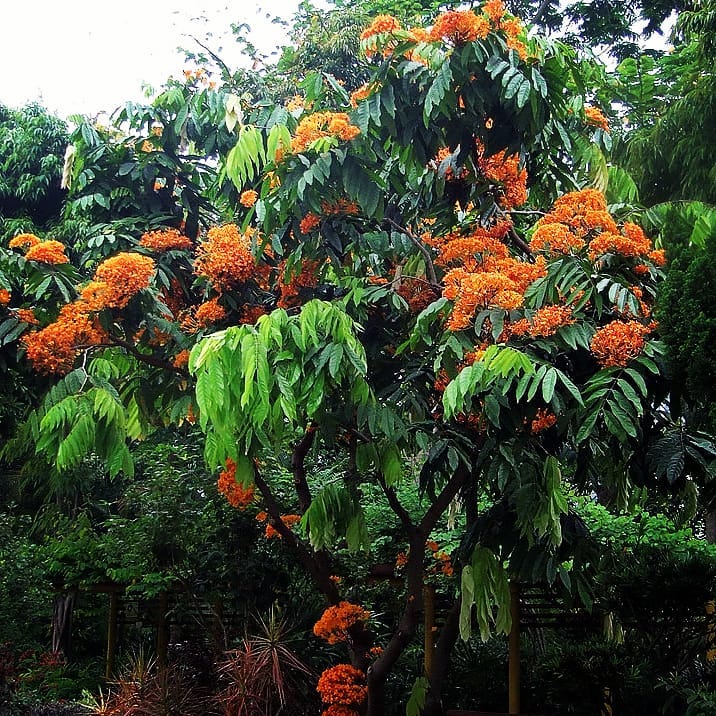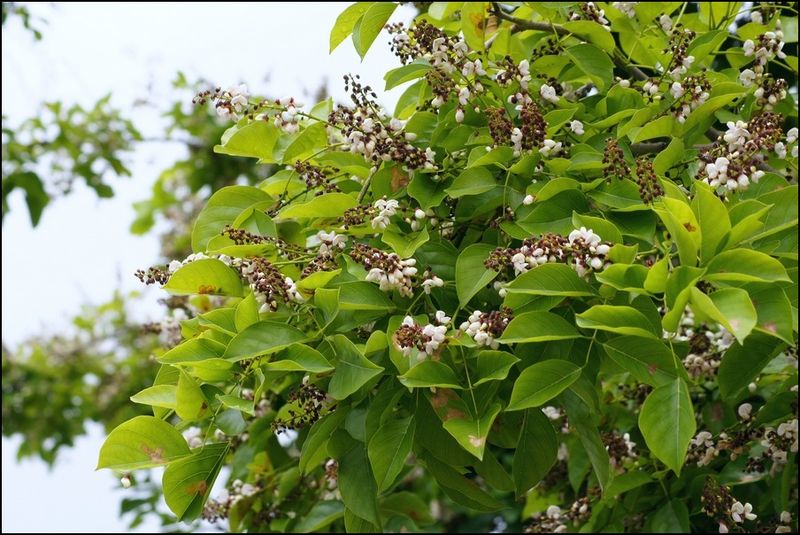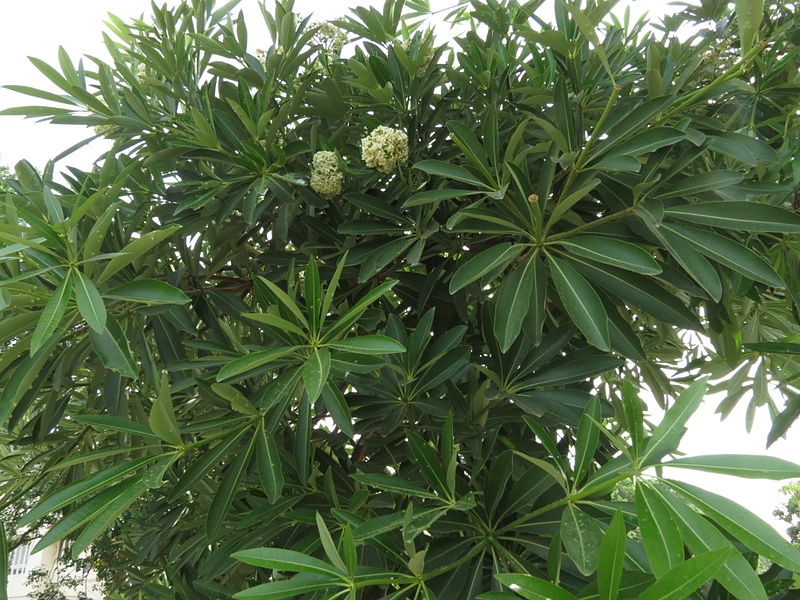Bet You Didn’t Know the Mind-Blowing Uses of These 7 Common Trees!
The trees we see around us everyday have harbour hidden properties that not many of us know about! Here's a quick guide to some common trees!

Many of us have talked about the need for more trees in the city and the communities we live in. However, it is surprising to know that apart from a few popular trees, many of us cannot even name the common trees we pass by on the street—and even fewer know about their benefits.
Nevertheless, every tree has its own purpose and story. Here are seven trees that are commonly seen!
1. Rosy Trumpet

As the winter season gives way to summer, the rosy trumpet tree (also called Tabebuia rosea) flowers in beautiful spurts, in various shades of pink! In fact, Bengaluru is filled with these trees, tucked away at locations across the city.
The tree, which is actually native to South America, has a variety of medicinal properties. The cortex can be used to get rid of intestinal parasites, malaria and uterine cancer. It has also been known to cure anaemia and digestive problems, and the roots, leaves and stems can be made into a concoction that eases fever!
2. Ashoka

Also called the Saraca asoca, the Ashoka tree is one which is rooted in Indian culture. In ancient art, the tree is seen alongside sculptures of “yakshis,” who were said to be the attendants of Kubera, the Hindu god of wealth. In the Ramayana, the tree is mentioned as the spot where Hanuman first met Sita.
The red flowers of the tree are one of its most attractive features and a result, the tree has found a presence in many a royal garden. The bark of the tree, which contains chloroform and methanol, has many benefits, including the improvement of complexion to even curing fungal infections. The flowers too can be combined into a concoction which can be used to lower diabetes or to purify blood.
3. Gulmohar

In Kerala, the flower is called “kaalvarippoo,” and for the Saint Thomas Christians across the state, the tree is associated with a popular story. They believe that Jesus Christ was crucified next to a Gulmohar tree and that his blood was shed over the flowers, giving them their flame-coloured petals.
The leaves, stems, and flowers have antibacterial and antimicrobial properties and have been used as an effective cure for arthritis and constipation.
You may also like: Flower Power in Your Food: 10 Edible Blooms That Can Electrify Your Dish
4. Indian beech

A tree which is native to the tropics, the Indian beech (Scientific name: Millettia pinnata) is a member of the pea family. Its wide branches are often a source of long shade, while the tree itself is a source of oil, which is used to make items such as insect repellent, fuel, and medicine.
While the seeds are poisonous, the tree itself is extensively grown for its ornamental appeal, and in places in water, it can grow up to a height of 6 metres.
5. Indian Mahogany

This tree can be found in plenty across several Asian countries including Bangladesh, Vietnam, and India. The tree is significant in the field of Ayurveda and is also highly valued for its timber, which is ideal for woodwork.
While the leaves and flowers are known for their antifungal and antimicrobial properties, the bark of the tree can be used to treat stomach illnesses.
6. Alstonia

This is a large family of trees which have around 40-60 subspecies around the world. In India, one commonly sees the Alstonia venenata. The tree is a common sight throughout India and has often been used commercially for timber.
Some species of Alstonia have known medicinal properties as well. For example, the Alstonia scholaris bark is used to treat bowel irritability, fever, and to assist in recovery after a prolonged illness.
7. Banyan

While this tree is commonly known, it deserves special recognition, as it is the national tree of India. The tree itself is shrouded in Indian mythology. In Hindu tales, Lord Krishna is said to have used the leaves of the banyan tree as his resting place. Certain Buddhist sects believe that it was under this tree that Buddha achieved enlightenment.
The tree often grows on or around other host trees, which is why it is also called the “strangler fig.”
While the tree has been used in reference to enlightenment, it also has several benefits. Its extensive leaves and branches offer shade in the hot summer months, the bark and seeds can treat diabetes, and the roots are good for the strengthening the gums and teeth.
Like this story? Or have something to share?
Write to us: [email protected]
Connect with us on Facebook and Twitter.
NEW: Click here to get positive news on WhatsApp!
If you found our stories insightful, informative, or even just enjoyable, we invite you to consider making a voluntary payment to support the work we do at The Better India. Your contribution helps us continue producing quality content that educates, inspires, and drives positive change.
Choose one of the payment options below for your contribution-
By paying for the stories you value, you directly contribute to sustaining our efforts focused on making a difference in the world. Together, let’s ensure that impactful stories continue to be told and shared, enriching lives and communities alike.
Thank you for your support. Here are some frequently asked questions you might find helpful to know why you are contributing?


This story made me
-
97
-
121
-
89
-
167













